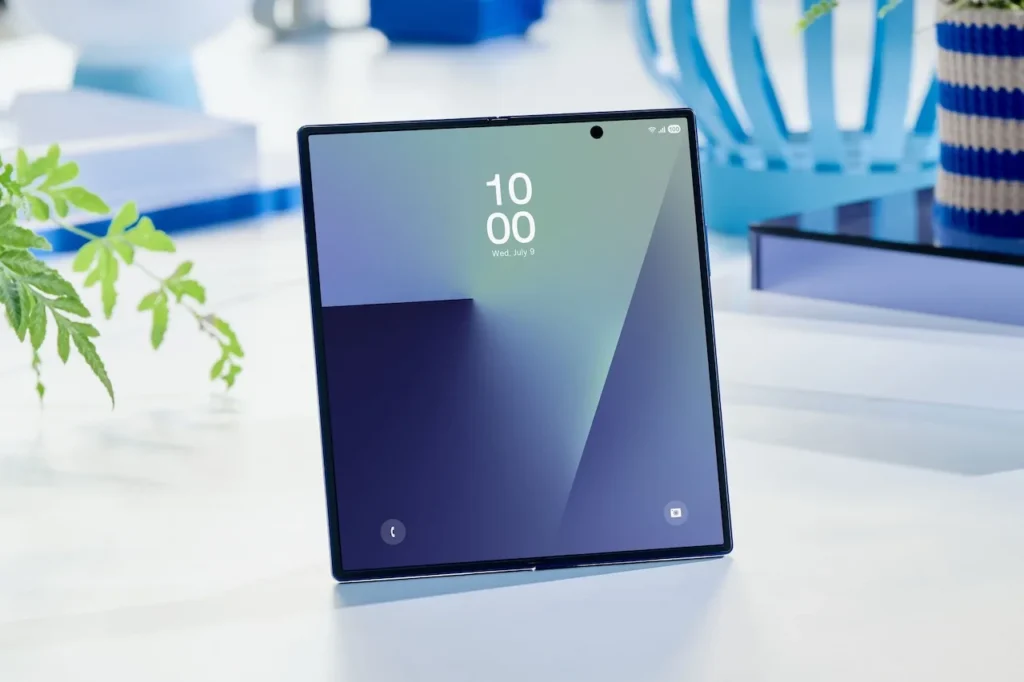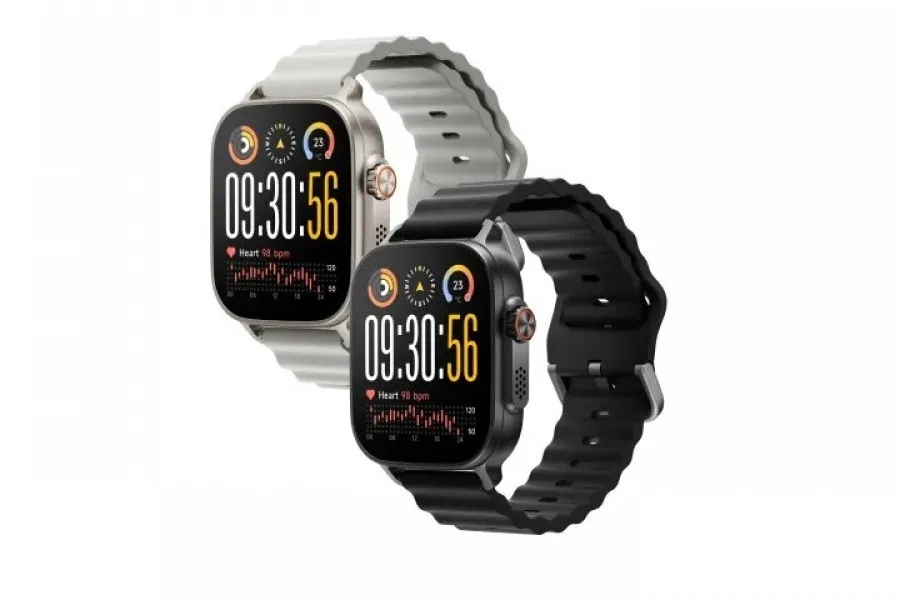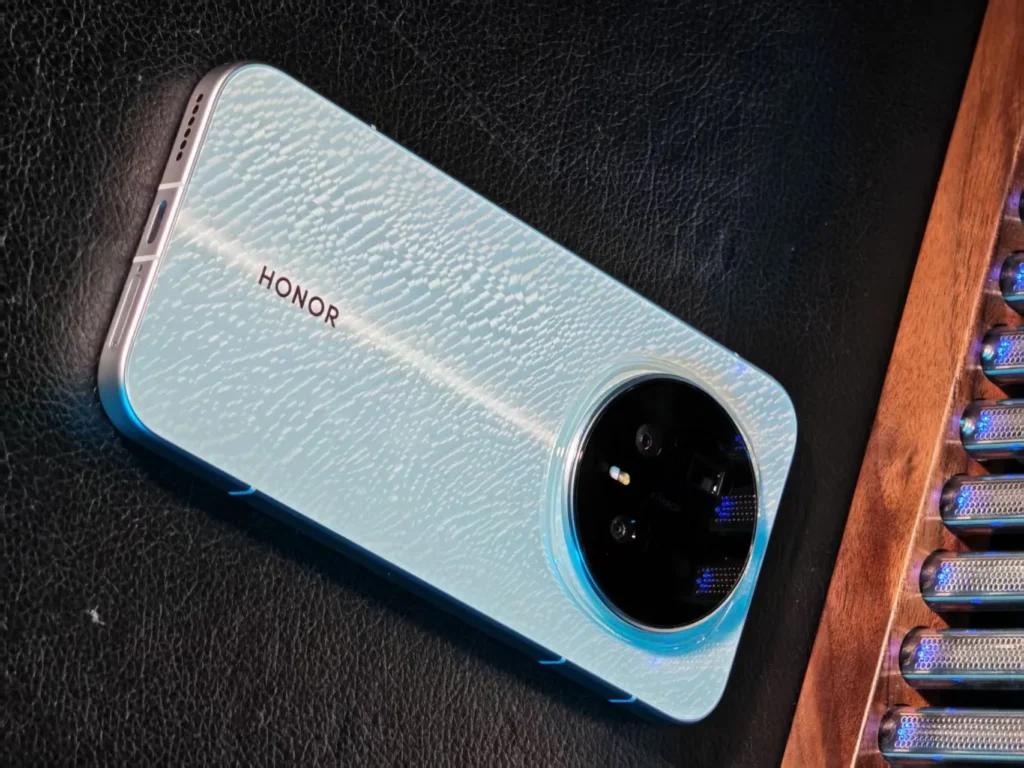Samsung is developing foldable screens that can automatically repair their own scratches
What if your smartphone could heal itself? That’s exactly what Samsung is working on, according to a new patent filed by the South Korean giant.
The company is reportedly developing self-repairing screen technology for its upcoming generations of foldable smartphones, capable of detecting and automatically correcting micro-cracks or scratches on their main display.
A Game-Changing Patent
Foldable screens, while impressive, have always had a critical weakness: their fragility. Their flexible surfaces are more susceptible to micro-scratches, moisture, and invisible cracks that form over time.
However, Samsung’s new patent, titled “Self-Repair System,” outlines a radically innovative approach. This system would be applied not only to cameras and fingerprint sensors but also to the folding screens themselves.
The concept involves equipping future displays with microscopic conductive wires and detection loop sensors. These sensors could identify any anomalies—such as cracks, slumping, or infiltration—and trigger an automatic reinforcement process.
How Does It Work?
The patent describes a three-step process:
- Detection — built-in sensors identify weakened areas.
- Reinforcement — “dummy metallic patterns” are activated to stabilize the damaged area.
- Sealing — a special coating then isolates the screen from oxygen and moisture, preventing damage from spreading.
In other words, the smartphone would be capable of “bandaging its wounds” without human intervention.
A Solution to Multiple Problems
This innovation could address several current technical constraints:
- Under-screen sensors: challenging to integrate on a foldable surface without compromising structure.
- Durability: a self-repairing screen would reduce the need for costly replacements.
- Water resistance: micro-cracks around cameras and sensors often serve as entry points for moisture.
So far, Samsung has opted for a side-mounted fingerprint sensor on its Galaxy Z Fold and Flip models to avoid structural risks. However, with this technology, the brand could finally provide a reliable under-display sensor in a foldable smartphone.
Toward a New Generation of “Living” Foldables
If this technology comes to fruition, future Galaxy Z Fold 8 or 9 models could usher in a new era of sustainable design: screens capable of self-monitoring, reinforcing, and regenerating, much like a digital skin.
Samsung has yet to confirm a timeline for implementation, but this innovation aligns perfectly with its strategy to enhance the robustness and longevity of its foldable devices—a segment where the brand remains a global leader.
Ultimately, smartphones could become almost “organic.”




